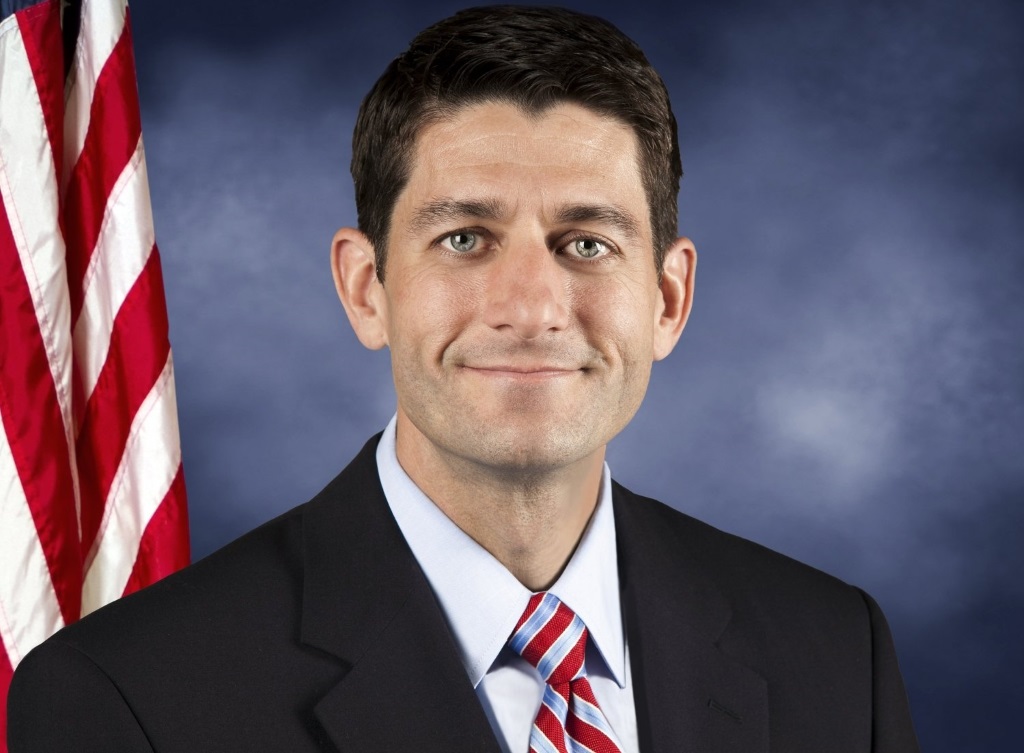Ryan’s Health Plan Could Hurt Working Families
Would make insurance coverage far more costly for low-income Wisconsin residents.
A health care plan introduced last week by Speaker Paul Ryan would roll back many of the improvements in health care that have been achieved over the past several years. It would reverse much of the huge increase in the number of people with insurance, undermine improvements in access to preventive health care services, and raise costs for many people with insurance.
I could go on at length about problems with the plan, but I want to focus now on an important Wisconsin angle – how the Ryan plan would adversely affect many of the 60,000 low-income working parents that state lawmakers removed from BadgerCare two years ago. Many aspects of the Ryan plan would compound the difficulties those parents are already coping with because of the policy choices in Wisconsin, and would take away what they were promised when the state ended their BadgerCare coverage.
In 2014 Wisconsin cut in half the upper income limit for parents to be eligible for BadgerCare, which had previously been 200% of the federal poverty level (FPL). That change was based on the rationale that adults over 100% of FPL could buy subsidized private insurance plans through the new insurance Marketplace established under the federal health care reform law. Unfortunately, for many people near the poverty level, that option hasn’t been affordable, and for many others the shift into private plans has put a severe strain on their household budgets. Keep in mind that the BadgerCare income ceiling is now just $16,020 per year for a single parent with one child (equal to earning $7.70 per hour 40 hours per week).
For low-income working families in Wisconsin, including those with parents formerly eligible for BadgerCare, there are at least three parts of the Ryan plan that would add to their costs and are likely to put quality health insurance out of reach:
- Eliminating Marketplace subsidies – The cost of Marketplace coverage would rise sharply for low-income families for a number of reasons. The Ryan plan would eliminate the cost-sharing subsidies that help people with incomes below 250% of FPL pay the deductibles and co-payments for their Marketplace plans. It would also reduce the current premium tax credits for low-income people participating in the Marketplace. The new tax credits proposed by the bill would not vary by income and would probably be much lower for many low-income people than what they receive now.
- Large cost increases for people with pre-existing conditions – The proposed changes would be especially problematic for people with pre-existing health conditions because the Ryan plan would allow insurers to charge them far higher premiums if they have not maintained continuous coverage (which is especially difficult for low-income people to do). The plan calls for the re-creation of high-risk pools, but as a Commonwealth Fund report concluded, high-risk pools “are expensive to run, often unaffordable for those who need them, and not a viable long-term solution to the problem of high rates of uninsured Americans.”
- Charging premiums for many more children in BadgerCare – The Ryan plan would allow states to require premiums for many more people in Medicaid. In Wisconsin that would enable the Walker administration to go forward with plans to expand and increase premiums for children in BadgerCare. The current income threshold for charging premiums for children’s coverage is currently 200% of FPL, and the Governor wants to reduce that to 150% of FPL. In fact, Wisconsin and some other states might decide to reduce the threshold even more than that because the Ryan plan would cut funding for the Children’s Health Insurance Program (CHIP) and would significantly change and reduce Medicaid funding.
The combined effect of all of all of these changes, as well as others I haven’t mentioned, is that health insurance would get much more expensive for many people – especially low-income working parents and their children – and it is likely to become too costly for many families. Of course, Wisconsin lawmakers could prevent the adverse effects for former BadgerCare recipients by reversing their decision to cut in half the income eligibility ceiling for parents. However, the Ryan plan would make that very difficult because it would prevent any additional states from qualifying for increased federal funds for Medicaid expansions, and it contains fundamental changes to Medicaid that would constrict federal funding for existing services.
Speaker Ryan’s plan would hurt low-income workers and their families across the country. However, its approval would be a particularly distressing development in Wisconsin because it would put out of reach the Marketplace coverage that was promised to about 60,000 parents when the Walker administration removed them from BadgerCare.
Wisconsin Budget
-
Charting The Racial Disparities In State’s Prisons
 Nov 28th, 2021 by Tamarine Cornelius
Nov 28th, 2021 by Tamarine Cornelius
-
State’s $1 Billion Tax Cut Leaves Out 49% of Taxpayers
 Sep 21st, 2021 by Tamarine Cornelius
Sep 21st, 2021 by Tamarine Cornelius
-
TANF Program Serves a Fraction of Poor Families
 Aug 30th, 2021 by Jon Peacock
Aug 30th, 2021 by Jon Peacock

















No wonder whenever someone asks Ryan about his replacement health care plan all he gives are good sounding talking points. When you get into the details it is a really bad deal for poor people and children. It also sounds as if it would decimate Medicaid which many disabled depend on and many of them are forced to live on income that is below the lowest FPL to begin with.